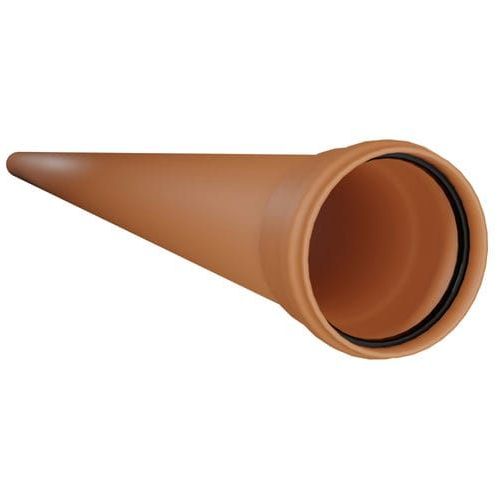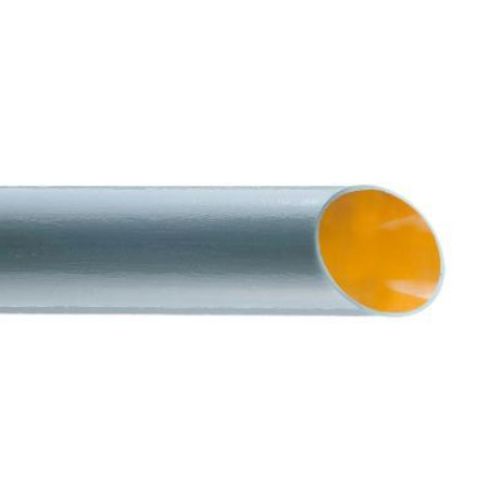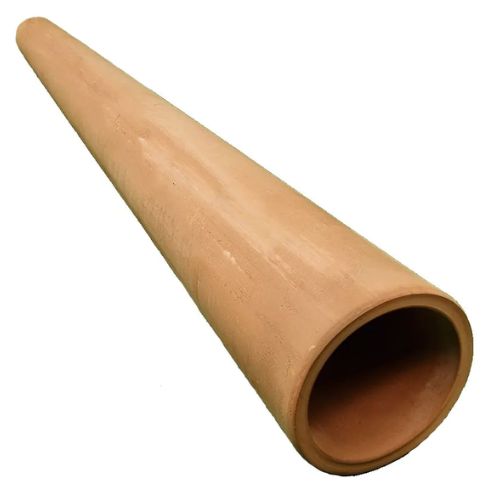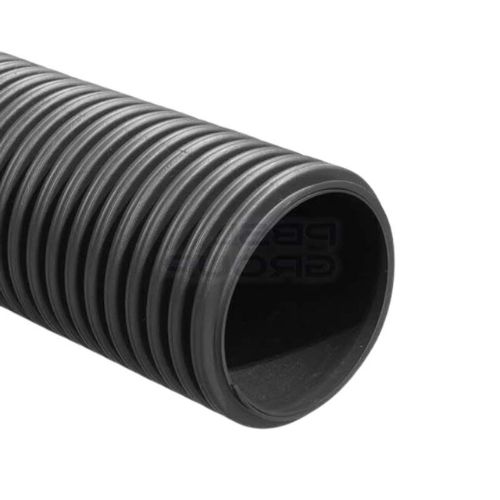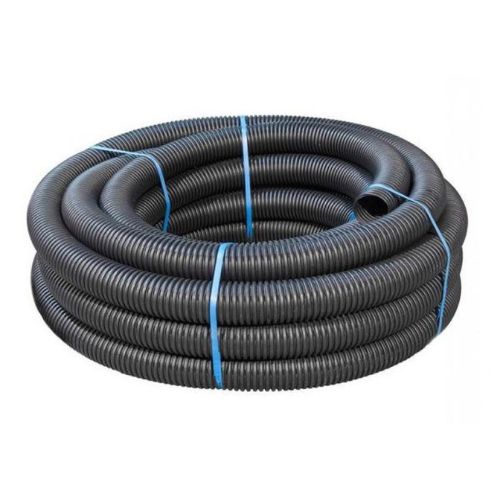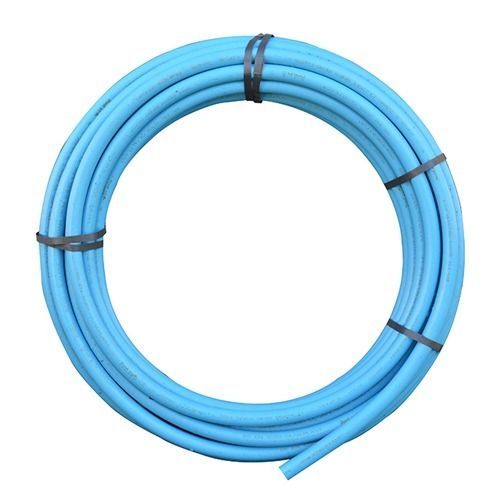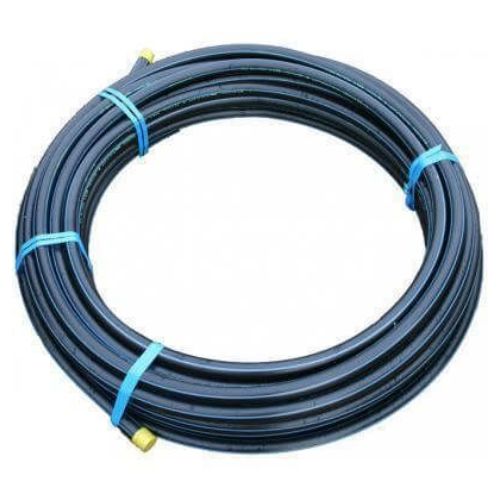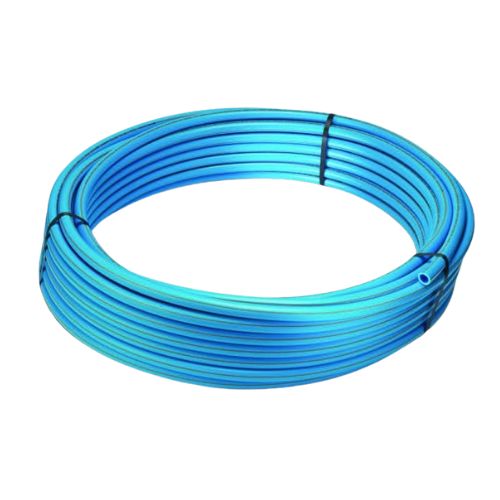| PIPE TYPE |
IMAGE |
DESIGN & FUNCTION |
APPLICATIONS |
COMMON SIZES |
| Copper Tube |
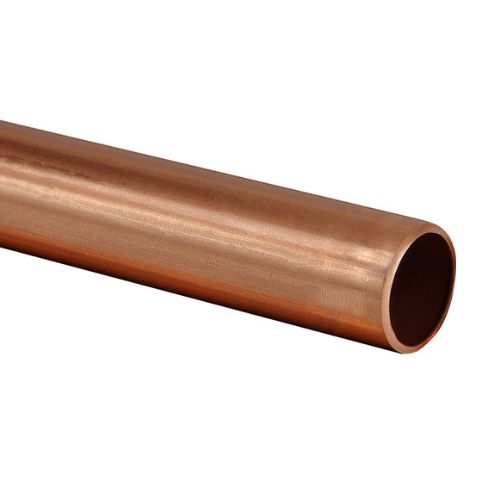 |
- Copper piping has a high resistance to corrosion and faces minimal expansion and contraction throughout its lifecycle.
- Pair this with their long-lasting durability and natural antimicrobial abilities and it's easy to see why copper is such a popular option.
|
- Copper pipes are used in domestic and commercial plumbing projects, water heaters and boilers.
|
15mm, 22mm and 28mm diameters.
|
| PEX Pipe |
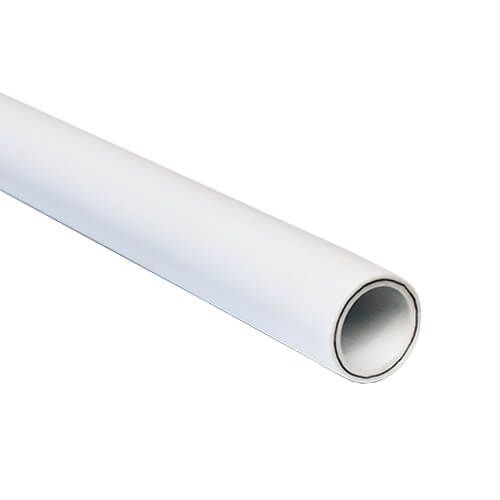 |
- These pipes are manufactured from cross-linked high-density polyethylene.
- This makes each pipe extremely tough, flexible and resistant to limescale.
- PEX pipes are fully compatible with traditional brass compression fittings and are a cheaper alternative to copper plumbing and heating.
|
- They are used as part of domestic and commercial plumbing systems, as well as radiant heating systems.
|
15mm and 22mm diameters.
|
| Polybutylene Pipe |
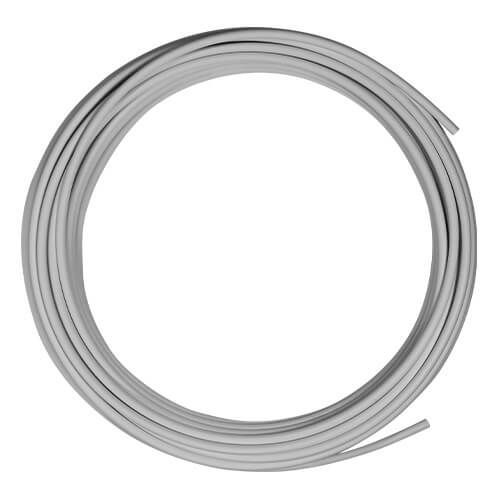 |
- PB pipes are a unique type of plumbing pipe due to their extreme flexibility, which makes them easy to install, even in awkward and tight spaces.
- They're made from polybutylene that is forged into a five-layer barrier pipe, which boasts many benefits including a high resistance to freezing and corrosion.
|
- Polybutylene pipes are used in cold and hot water plumbing applications, as well as heating networks.
|
15mm and 22mm diameters.
|
| Ring Seal Soil Pipe |
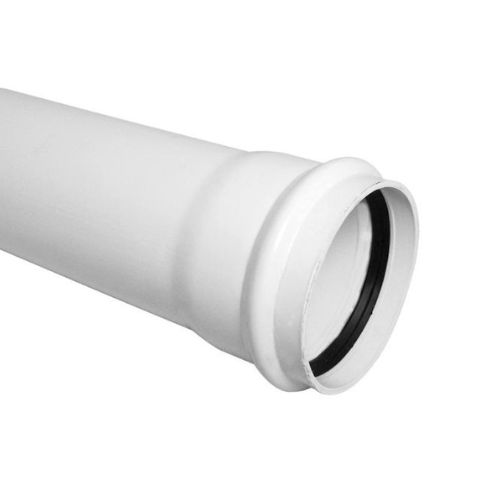 |
- Ring seal, also known as push fit, is the most popular style of soil pipe, and they transport foul water from toilets down into the drainage system.
- The pipes and fittings can easily be joined together without the need for any tools, thanks to the rubber sealing sockets on the system's components.
- They're made from high-quality unplasticised polyvinyl chloride (uPVC).
|
- Ring seal soil pipes are used on many modern residential and commercial buildings to dispose of foul water from toilets and urinals.
- They can usually be found along the side of the building.
- Ring seal PVC pipes can be used to replace an old cast iron system.
|
110mm diameter.
|
| Solvent Weld Soil Pipe |
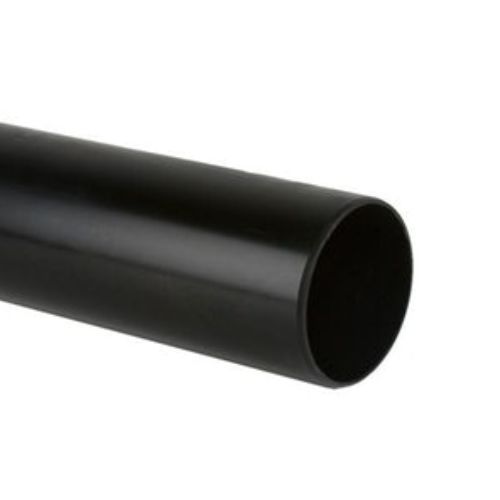 |
- These soil pipes serve the same purpose as ring seal pipes, draining away foul water.
- However, the installation method is quite different. Instead of pushing the pipes and fittings together and having the ring seals create a secure joint, joints are instead created by putting solvent cement on the inside of the fitting you are joining to and the outside of the pipe and then connecting the two, creating a welded connection that cannot be dismounted.
|
- Used to dispose of foul water from bathrooms in domestic and commercial properties.
- Solvent weld soil pipes are also a preferred option in areas where the soil pipe may face impact, due to the welded joins essentially turning a pipe and a fitting into one piece of plastic.
|
110mm diameter.
|
| Cast Iron Soil Pipe |
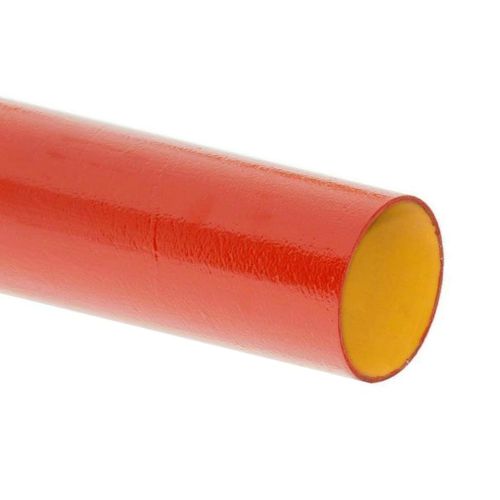 |
- There are a variety of different styles of cast iron soil pipes for draining foul water from residential and commercial properties, all of which have a life expectancy of over 100 years.
- Push-fit cast iron soil pipes are a modern take on the traditional cast iron system that features rubber seals for joining components.
- The Halifax soil system's components are joined with screw steel and iron couplings.
|
- These metal pipes can be used on houses, but they are also popular for multi-storey car parks, high-rise developments and educational facilities due to their noise-dampening capabilities and their ability to withstand pressure fluctuations.
|
50mm, 70mm, 100mm and 150mm diameters.
|
| Push Fit Waste Pipe |
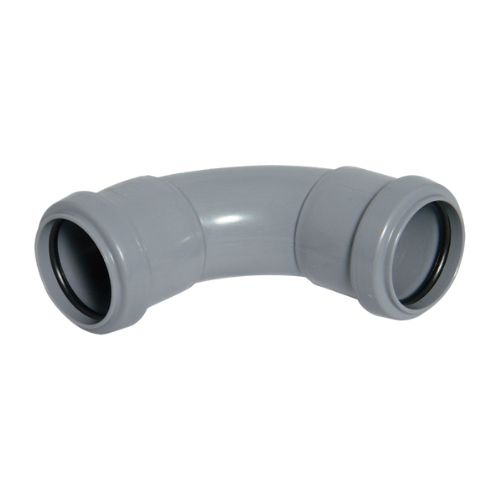 |
- Waste pipes are used to transport wastewater from sinks, basins, baths and showers into the soil pipe.
- The push-fit style allows the pipes and fittings to easily be joined by hand without the need for tools, thanks to the rubber seals.
- Push-fit waste pipes are manufactured from high-strength polypropylene and are much smaller than underground drainage and soil pipes.
|
- Push fit waste pipes are very common throughout the UK and are used in both homes and commercial properties such as restaurants, hotels and offices.
- They safely channel wastewater into the soil pipe where it can be drained away.
|
32mm and 40mm diameters.
|
| Solvent Weld Waste Pipe |
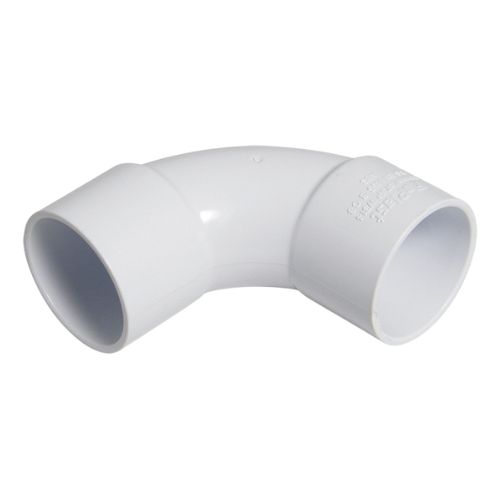 |
- These ABS pipes serve the same purpose as push-fit waste pipes, but the method to join them is very different. Instead of pushing the pipes and fittings together and having the ring seals create a secure joint, joints are instead created by putting solvent cement on the inside of the fitting you are joining to and the outside of the pipe and then connecting the two, creating a welded connection that cannot be dismounted.
|
- Solvent weld waste pipes are used in many buildings to safely channel wastewater into the soil pipe where it can be drained away.
- Solvent weld pipes are more popular for waste systems in the south of the UK whereas push-fit is more common in the north.
|
32mm, 40mm and 50mm diameters
|
| Compression Waste Pipe |
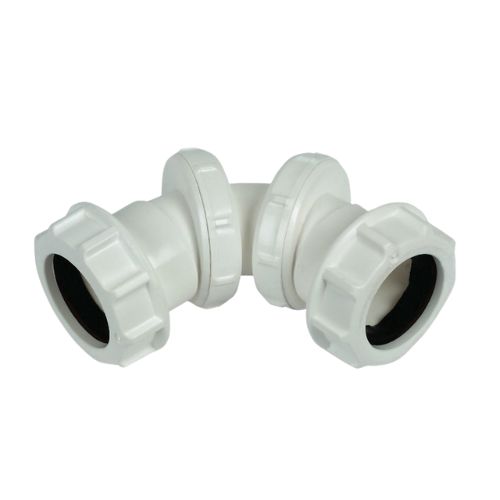 |
- Compression waste is a diverse waste system where the joins on the end of the pipes and fittings accommodate all types of plastic pipes, including ABS, PVC, and polypropylene, as well as copper pipes.
- Rather than joining with solvent cement or a push fit, the nut on a fitting is undone and then slid over the pipe with the rubber seal and the pipe is pushed into the fitting. Finally, the nut is then tightened.
|
- Compression waste pipes are used in many plumbing applications including sinks, basins, baths and showers.
- They are very useful for joining two different materials of pipe in the same system.
|
32mm and 40mm diameters
|
| Overflow Pipe |
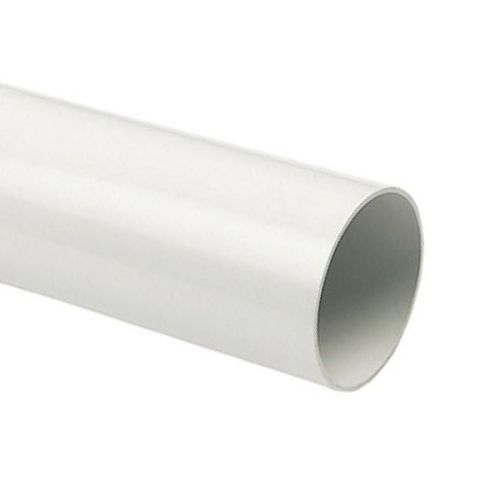 |
- Waste overflow pipes are joined together via the same solvent cement method as solvent weld waste pipes.
- The pipes and fittings are made from UPVC, have a high gloss finish and are maintenance-free.
|
- Overflow pipes are installed on cisterns or water tanks as a safety mechanism, as they are designed to divert excess water away from these systems to prevent flooding and water damage to a building.
|
21.5mm diameter
|
